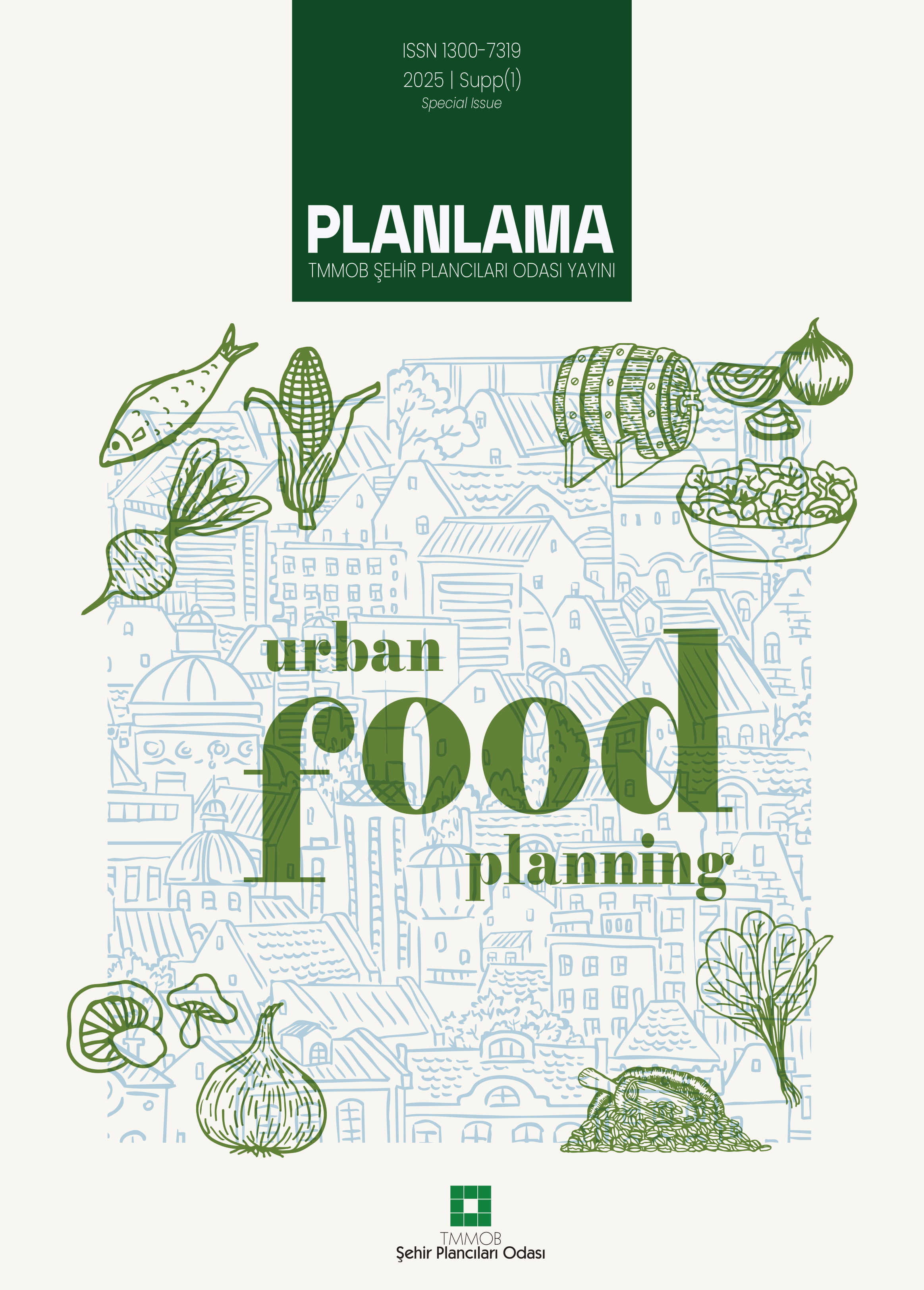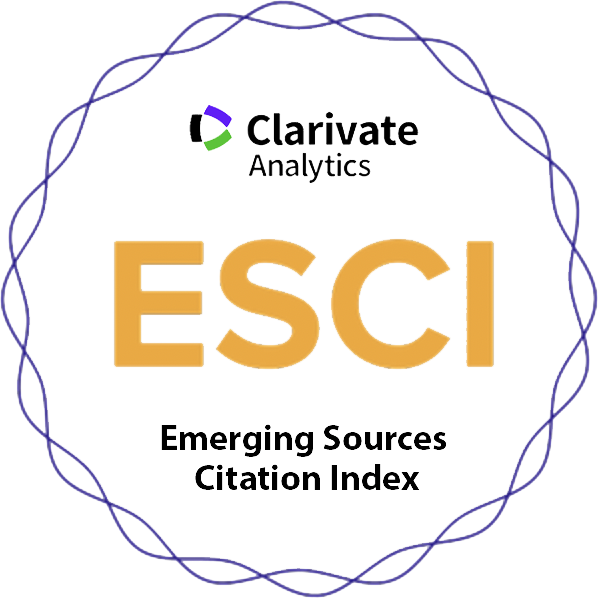Kentsel Korumada Yerel Koruma Kapasitesi; Gaziantep ve Şanlıurfa Kentleri üzerinden Değerlendirme
Burak BelgeMersin Üniversitesi, Mimarlık Fakültesi, Şehir ve Bölge Planlama Bölümü, MersinKentsel koruma müdahaleleri ve yerel halk tarafından benimsenmesi değerlendirildiğinde, bazı kentlerde yapılan çalışmaların benzerlerine göre daha başarılı olduğu görülmektedir. Uluslararası belgeler, kentsel korumayı belirli bir kurumun görevi olarak değil, farklı aktörlerin ortak sorumluluğu olarak tanımlamaktadır. Sorumluluk, toplumun her düzeyinde bilinç ve farkındalık gerektirir. Yerel aktörlerin ve kurumların koruma faaliyetlerindeki rolleri, tarihi çevre ile doğrudan ilişkileri nedeniyle önemlidir. Bu bağlamda makalede, kentsel koruma sürecinin başarısı ve etkili sonuçlarında bir faktör olarak tanımlanan yerel koruma kapasitesi kavramı anlatılmaktadır. Yerel koruma kapasitesi, yerel yönetimler ile yerel toplum arasındaki yetkinlik, deneyim, bilgi birikimi ve kentsel korumaya olan bağlılıkları arasındaki karşılıklı ilişki ağının bütünü olarak tanımlanmaktadır. Gaziantep ve Şanlıurfa örnek çalışma alanları olarak seçilmiştir. Her iki şehirde de 2004 yılından itibaren yoğun olarak kentsel koruma çalışmaları yürütülmektedir. Bu nedenle, yaklaşık 20 yıllık bir süre için karşılaştırmalı bir değerlendirme yapılabilmektedir. Bu bağlamda, öncelikle 2011 yılında tamamlanan araştırma sonuçlarından hareketle, Gaziantep'in yerel koruma kapasitesinin özellikle birlikte iş yapabilme becerileri açısından Şanlıurfa'ya göre daha yüksek olduğu vurgulanmaktadır. Daha sonra yerel koruma kapasitesindeki farklılıklar, son 10 yılda bölge ve şehirlerdeki değişimlere dayalı olarak bir değerlendirme yapılmaktadır.
Anahtar Kelimeler: Gaziantep, kentsel koruma; Şanlıurfa; tarihi kent mer-kezi; yerel koruma kapasitesi.Local Capacity in Urban Conservation, Case Studies; Gaziantep and Şanlıurfa
Burak BelgeMersin University, Faculty of Architecture, Department of City and Regional Planning, MersinWhen we evaluate urban conservation inteventions and their adoption by the local people, it is seen that the studies carried out in some cities are more successful than in similar ones. International documents define urban conservation as a joint responsibility of different actors rather than the task of a specific institution. The responsibility requires consciousness and awareness at every level of society. The roles of local actors and institutions in conservation activities are essential because of their direct relationship within the historical environment. In this context, the article describes the term of local conservation capacity that will be defined as a factor in the success and effective results of urban conservation process. Local conservation capacity is defined as the whole of the interrelationship network between local authorities and the local community, together with their competence, experience, know-how, and dedication to urban conservation. Gaziantep and Şanlıurfa were selected as case study areas in order to elaborate local conservation capacity. In both cities, some sort of urban conservation works had been completed since 2004, so a comparative evaluation is probable to be made for a period of approximately 20 years. In this context, first of all, based on the results of the research completed in 2011 it is emphasized that the local conservation capacity in Gaziantep is higher than in Şanlıurfa, especially in terms of ability to working together. Afterward, an evaluation is made based on differences in local conservation capacity, changes in the region and cities in the last 10 years.
Keywords: Gaziantep, Urban conservation; Şanlıurfa; historic city centre, local conservation capacity.Makale Dili: Türkçe














